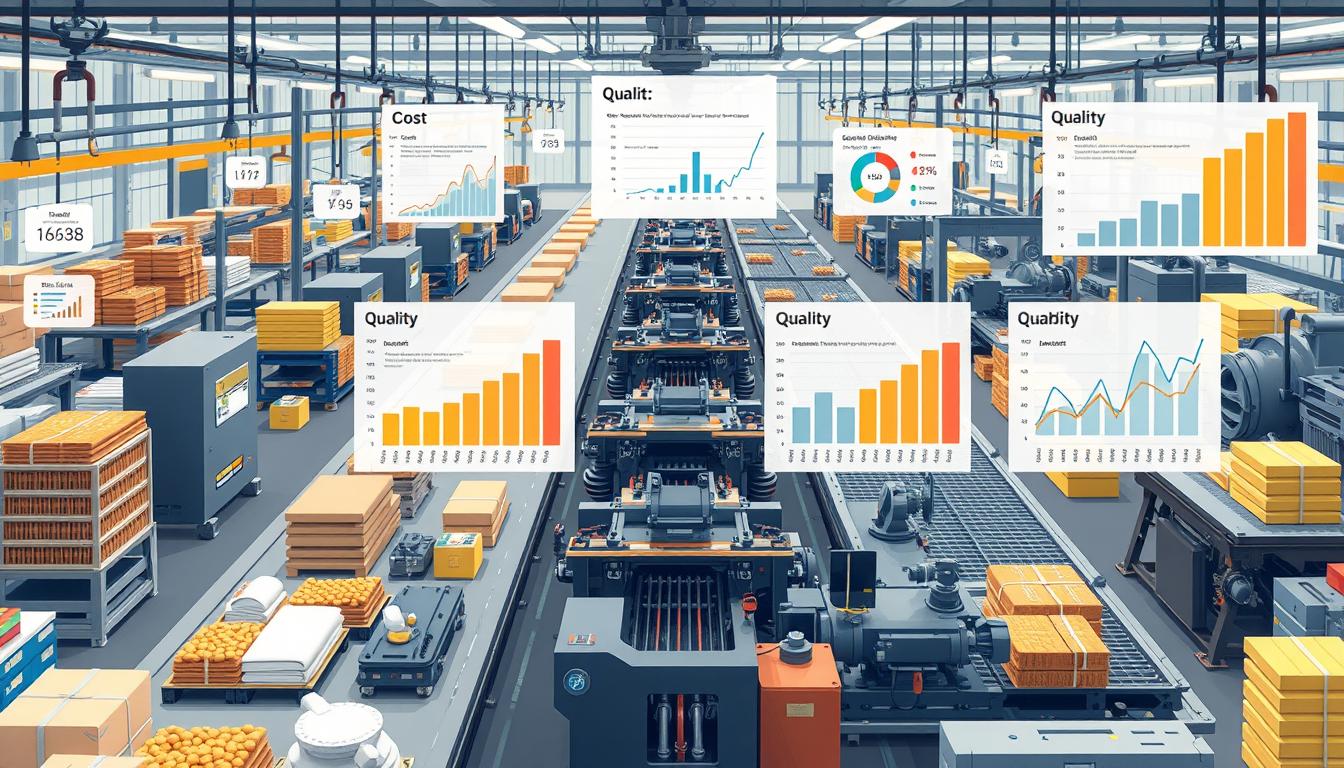To access opportunities in business takeovers, you need to grasp key insights into market dynamics and strategic decision-making. Understand why businesses sell—often due to personal changes or a desire for new ventures. Evaluate workplace dynamics to assess team morale and culture, as these factors influence success. Funding your acquisition can involve various sources, from seller financing to venture capital. Don't underestimate the role of brokers; they can guide you through the complexities of negotiations. By leveraging tech tools and analyzing market trends, you'll be better positioned to seize opportunities that align with your goals. Discover more ways to enhance your strategy.
Key Takeaways
- Evaluating workplace dynamics through communication assessment fosters collaboration and enhances the chances of successful business takeovers.
- Conducting thorough research on potential acquisitions ensures informed decisions and minimizes risks associated with business takeovers.
- Understanding market trends and consumer behaviors provides strategic insights necessary for identifying lucrative takeover opportunities.
- Leveraging entrepreneurial tools like automation and CRM systems can streamline operations and improve efficiency during the takeover process.
Reasons for Business Sales

When it comes to selling a business, you might think it signals failure, but often it's driven by personal changes, boredom, or a desire for new opportunities. Many founders reach a point where their life stages shift, prompting them to seek alignment with their new goals.
You may find that boredom with existing business models pushes you to explore fresh ventures. Excitement for innovative ideas can be a powerful motivator, urging you to sell and start anew.
Additionally, identifying a passionate buyer guarantees your business continues thriving, allowing you to shift smoothly. A high-stakes leadership change can rejuvenate strategies, leading to increased profitability and improved employee morale.
Ultimately, adapting to market changes is vital for long-term success.
Evaluating Workplace Dynamics

Understanding workplace dynamics is key to fostering a positive environment that drives employee engagement and overall organizational success.
You should assess how communication flows within your team and identify any barriers. Encouraging open dialogue can lead to increased trust and collaboration among staff.
Recognize that leadership styles greatly impact company culture; authentic leaders inspire loyalty and commitment. Pay attention to employee needs and guarantee they feel valued. This can boost morale and productivity.
Also, consider the organization's size and industry, as these factors influence workplace dynamics.
Funding Your Acquisition

Securing funding for your acquisition requires evaluating various financial options tailored to your specific needs and circumstances. You'll want to explore multiple avenues to find the best fit for your situation.
Here are three key options to examine:
- Seller Financing: Negotiate a deal where the seller allows you to pay over time, often with interest.
- Angel Investors or Venture Capital: Seek out individuals or firms willing to invest in your vision and share the risks.
- Traditional Business Loans: Investigate loans from banks or credit unions, keeping in mind that your personal financial history will impact eligibility.
The Role of Brokers

Brokers play an essential role in the acquisition process by helping you navigate the complexities of buying a business and identifying opportunities that align with your goals.
They bring valuable market insights, guaranteeing you find businesses that fit your criteria. By prescreening potential acquisitions, brokers save you time and effort, allowing you to focus on the most promising options.
Their negotiation skills can also help secure favorable terms, making the process smoother. However, it's important to evaluate the commission costs against the benefits they provide.
You should also remain cautious and avoid rushing into decisions based solely on a broker's recommendations. As you work with them, make sure you're informed and involved in every step of the acquisition journey.
Conducting Thorough Research

Thorough research is essential for identifying the right business opportunity and ensuring a successful acquisition. By diving deep into the details, you can make informed decisions that align with your goals.
Here's what you should focus on:
- Explore Local Networks: Start with your connections—friends, colleagues, and community members may know of businesses for sale.
- Use Online Resources Wisely: Platforms like BizBuySell can be useful, but stay alert for scams and poorly vetted listings.
- Evaluate Financial Health: Scrutinize financial records to understand the business's profitability and any existing liabilities.
Taking these steps will equip you with the knowledge needed to pursue the best opportunities and avoid potential pitfalls in your acquisition journey.
Analyzing Market Trends

As you analyze market trends, understanding shifting consumer behaviors can reveal valuable insights for your business strategy.
Pay attention to emerging preferences and the factors driving them, like economic changes or technological advancements. Gather data through surveys, social media, and competitor analysis to refine your approach.
Identifying patterns helps you anticipate market demands and adapt accordingly, ensuring you stay ahead of the competition.
Additionally, effective marketing strategies that resonate with your target audience can drive revenue growth. Don't underestimate the power of customer feedback; it's essential for product development.
Crisis Management Strategies

Effective crisis management strategies can turn potential setbacks into opportunities for growth and resilience. When faced with challenges, you can enhance your approach by focusing on key areas:
- Strategic Communication: Keep your team informed and engaged. Clear messages help mitigate confusion and build trust.
- Preparation and Adaptability: Develop a crisis plan that includes various scenarios. Being ready to pivot can minimize the impact of unexpected events.
- Learning from Experience: Analyze past crises to identify lessons learned. This proactive approach strengthens your resilience for the future.
Leveraging Entrepreneurial Tools

Leveraging entrepreneurial tools can substantially enhance your business operations and foster innovative growth. By utilizing technology and automation, you can streamline processes, reduce costs, and improve overall efficiency. Consider integrating AI tools for data analysis and customer engagement, which can provide insights that drive decision-making.
| Tool Type | Benefits |
|---|---|
| AI Analytics | Enhanced data insights |
| Automation Software | Streamlined operations |
| CRM Systems | Improved customer relationships |
| Project Management | Better team collaboration |
| Communication Tools | Increased transparency |
Conclusion
In your journey to take over a business, remember that each decision shapes its future.
Imagine acquiring a struggling tech startup that, with your vision and investment, transforms into a leading innovator in just two years.
By leveraging market insights and fostering a strong team culture, you not only breathe new life into the company but also reveal its full potential.
Embrace the opportunities ahead, and watch as your strategic choices lead to sustained growth and success.









